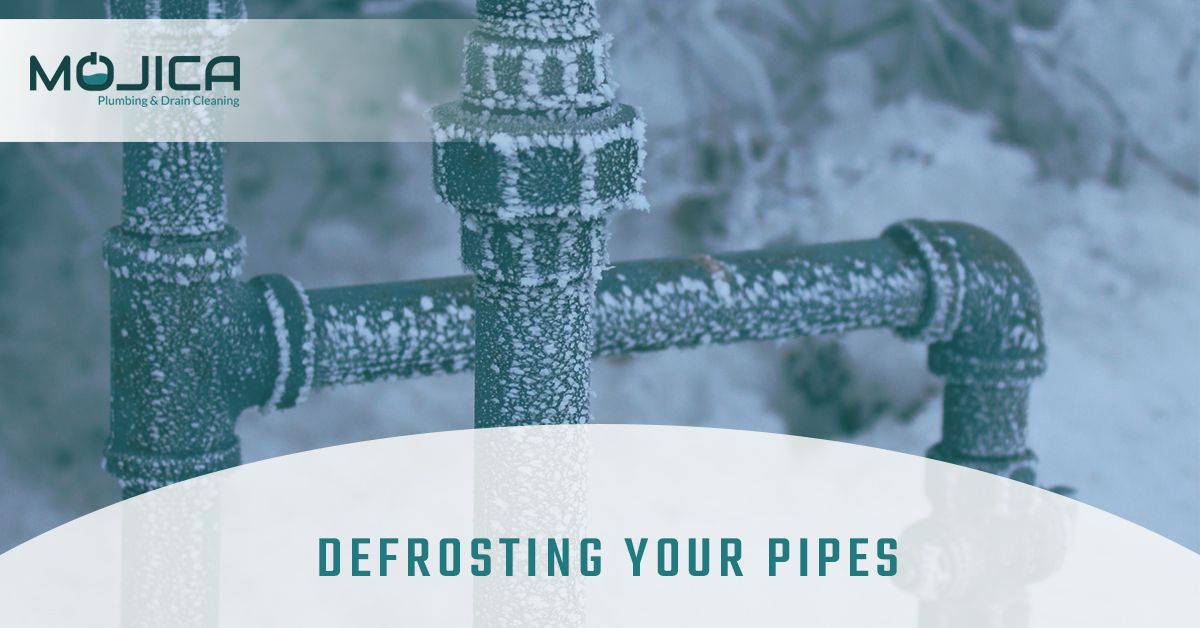Tips For Defrosting Your Pipes Before Destruction Hits
Down here in Texas, we rarely come face to face with the evils of winter. The snow tends to stay up north and the ice doesn’t dare mess with Austin, Texas… until, of course, it does. Us Austin citizens exist in this sunny haven for a reason, but sometimes that reason is infiltrated by nature. While those northerners might know how to deal with the frost, we’re a little bit more dumbfounded. Not only do we have issues navigating through a quarter of an inch of snow, but we’re also at a complete loss about what to do in the event that our pipes freeze.
Today, we’re going to talk a bit about what to do when your pipes freeze after a chilly night. While this is something of a rare event in Texas, weather does tend to be unpredictable. Frozen pipes can wreak havoc on your plumbing if they’re not thawed properly. Mojica Plumbing & Drain Cleaning has come up with a few options for thawing your pipes and preventing them from bursting.
Learn Why Frozen Pipes are a Problem
Frozen pipes don’t sound all that threatening. What’s a little bit of ice going to do to your plumbing? Well, when most things are frozen or heated, the particles that compose the material either expand or contract. On a frigid night, the cold causes the metal in your pipes to contract, or essentially shrink. Additionally, since we’re not too accustomed to the harsh winters, many home plumbing systems aren’t as insulated as those in the north, making us especially vulnerable. When turning on the hot water too quickly, the change in temperatures can break your pipes, which is not a cheap and easy thing to fix.
Find the Frozen Pipes
The best thing to do in this situation is to first locate the frozen pipes. Check the pipes in your home that are the most likely to freeze and are the least insulated, such as those found in basements and attics. If you find frozen pipes, start taking the steps to thaw them, which we’ll mention below. However, in the event that your pipes are broken or cracked, consider calling your local plumber as quickly as possible to have them replaced or mended!
Apply Heat With a Hair Dryer
The best advice we can give you here is to start slow. By any means, do not quickly run the hot water! We suggest starting with a good ol’ hair dryer, if possible. Slowly run the hair dryer over the spots that have frozen over, so as to gradually melt any ice and restore the pipes back to their optimum functioning. Again, slow is key.


